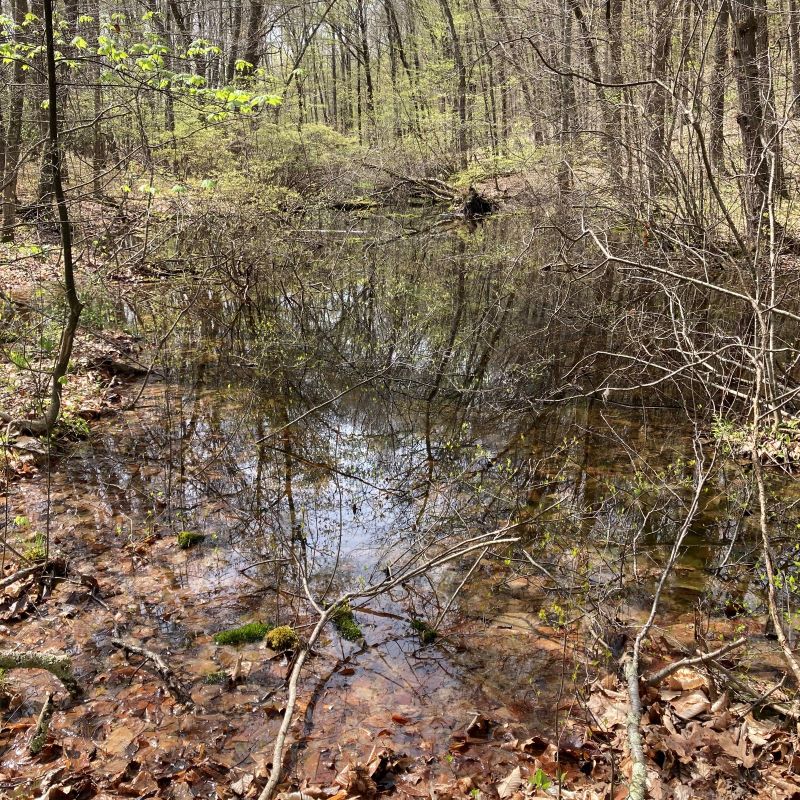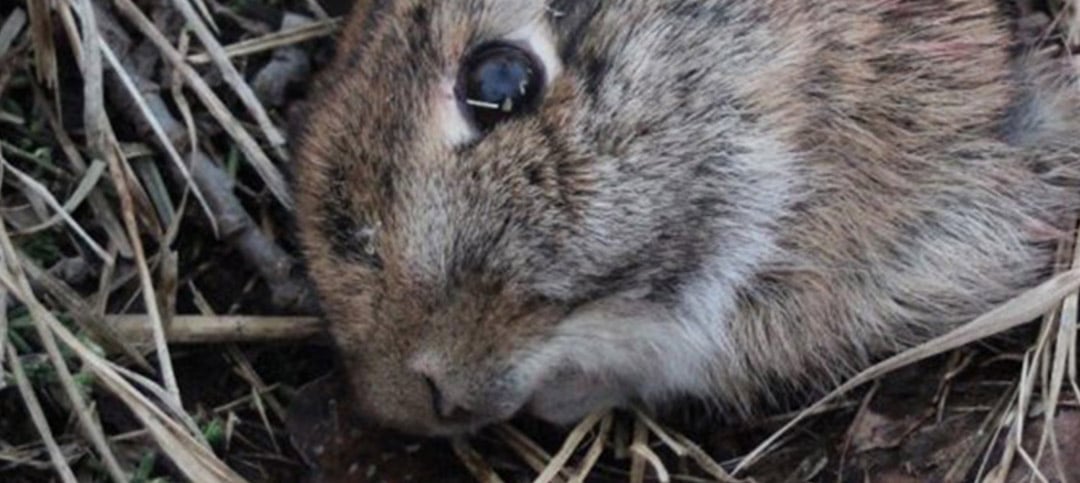Newsletter Subscription
Latest News
PURSUIT for PELLETS
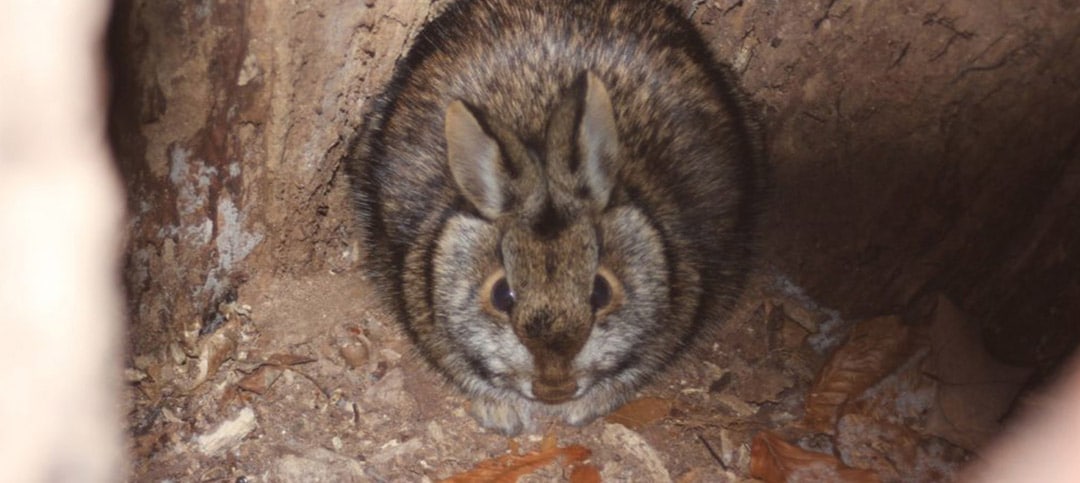
They’re not the easiest to obtain. Stooping, crawling, and dipping through young forest, citizen scientists with Steep Rock Association (SRA) earned their cottontail scat (or pellets). The native species, New England Cottontail (NEC), prefer this brambly habitat type over more open fields and meadows where the non-native eastern cottontail dominates. Forest succession and interspecific competition have resulted in a severe decline in NECs throughout the region, prompting a coalition of federal and state agencies, private organizations, universities, and many others to help the species recover. Documenting the presence of a population aids this effort; however, NECs and eastern cottontails look very similar in the field, which makes differentiating difficult. Analysis of scat has become the most effective and non-invasive method to determine who is hopping around.
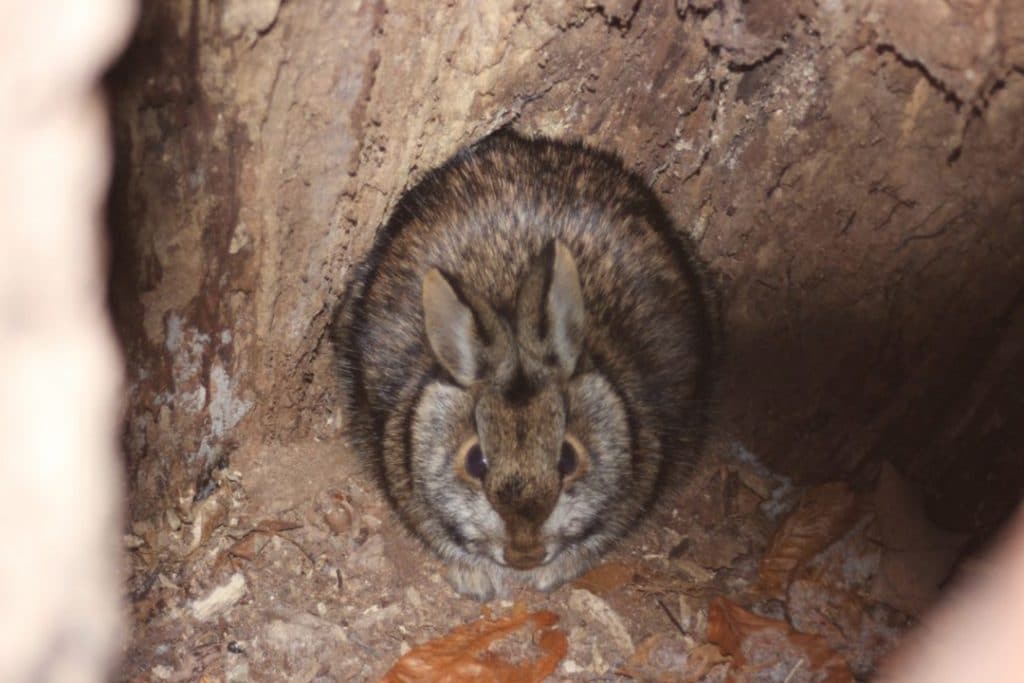
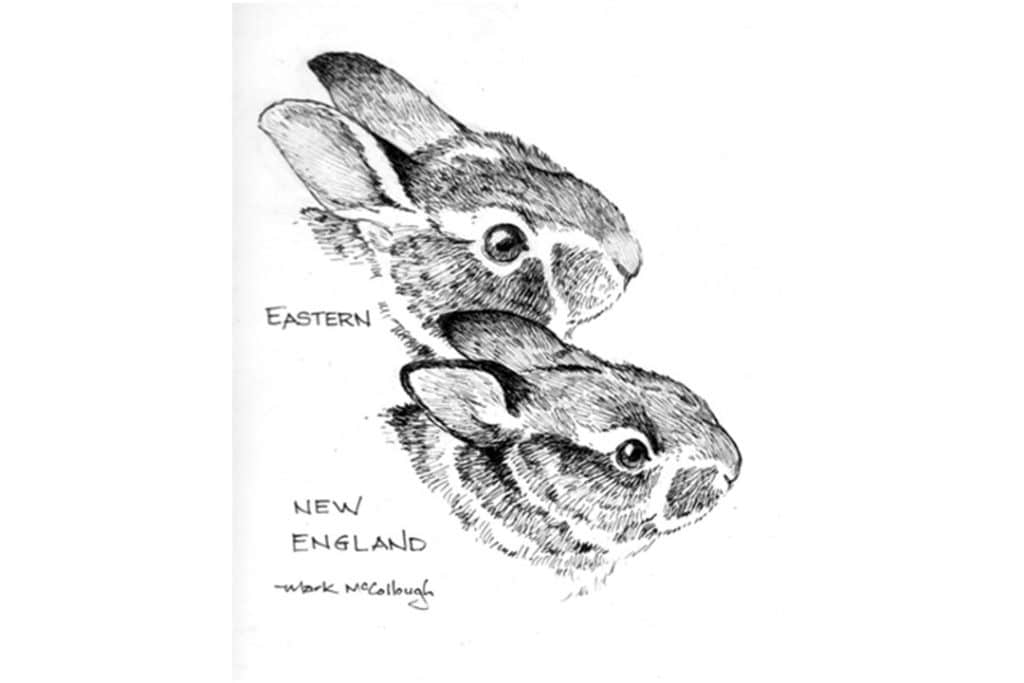
Following a recent snow, five samples were collected in Macricostas Preserve, a site chosen for the amount of contiguous early successional habitat both in and out of the preserve. NECs require 10-20 acres (or more) of this abandoned farmland, old orchard, swamp, or vegetated clearcut. Classic bunny trails maneuvered through gaps in brushy rose and aged stone wall. Dimpled along the way may be a pellet or two, a thin brown oval of expelled vegetation, ultimately leading to a resting stop where a mound usually lay in the shallow depression.
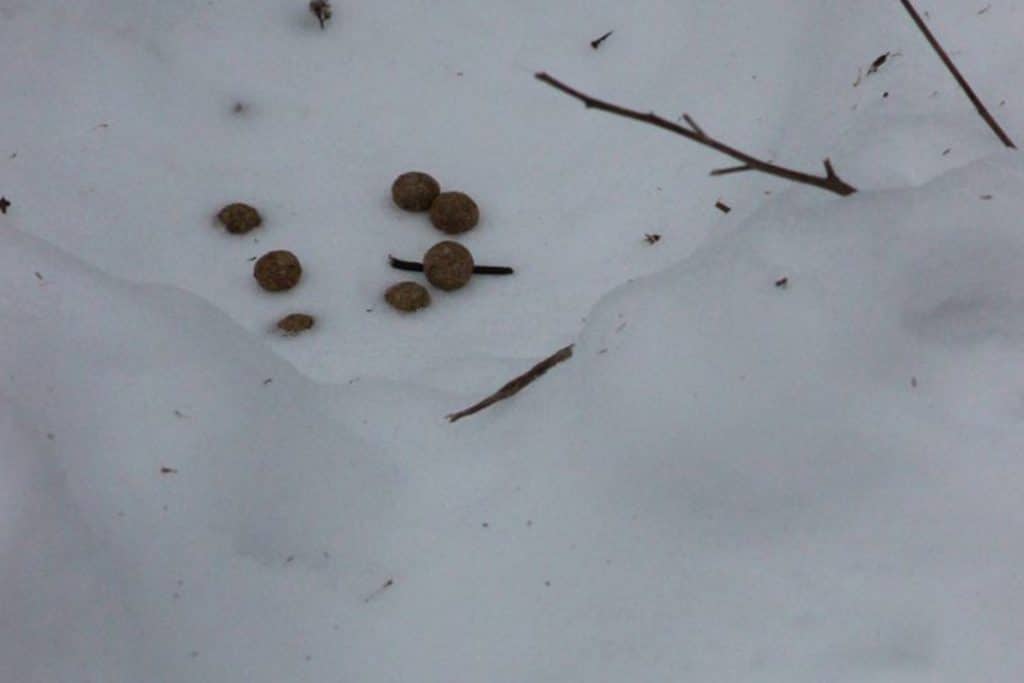
Anna Quinn of News Times in Danbury joined our foray and documented the morning in a nicely written article, View Below:
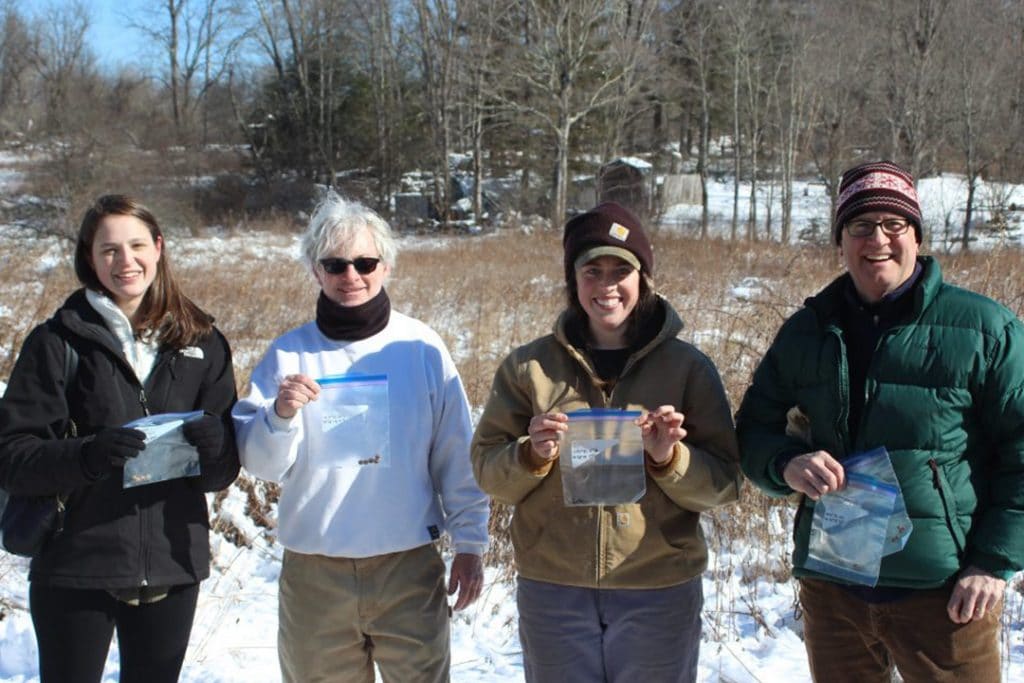
Volunteers happily showing off their poop.
Samples from other SRA preserves have been collected as well to be sent in to CT DEEP. Check back this spring/summer for the results! Meanwhile, here is where you can find more information.



